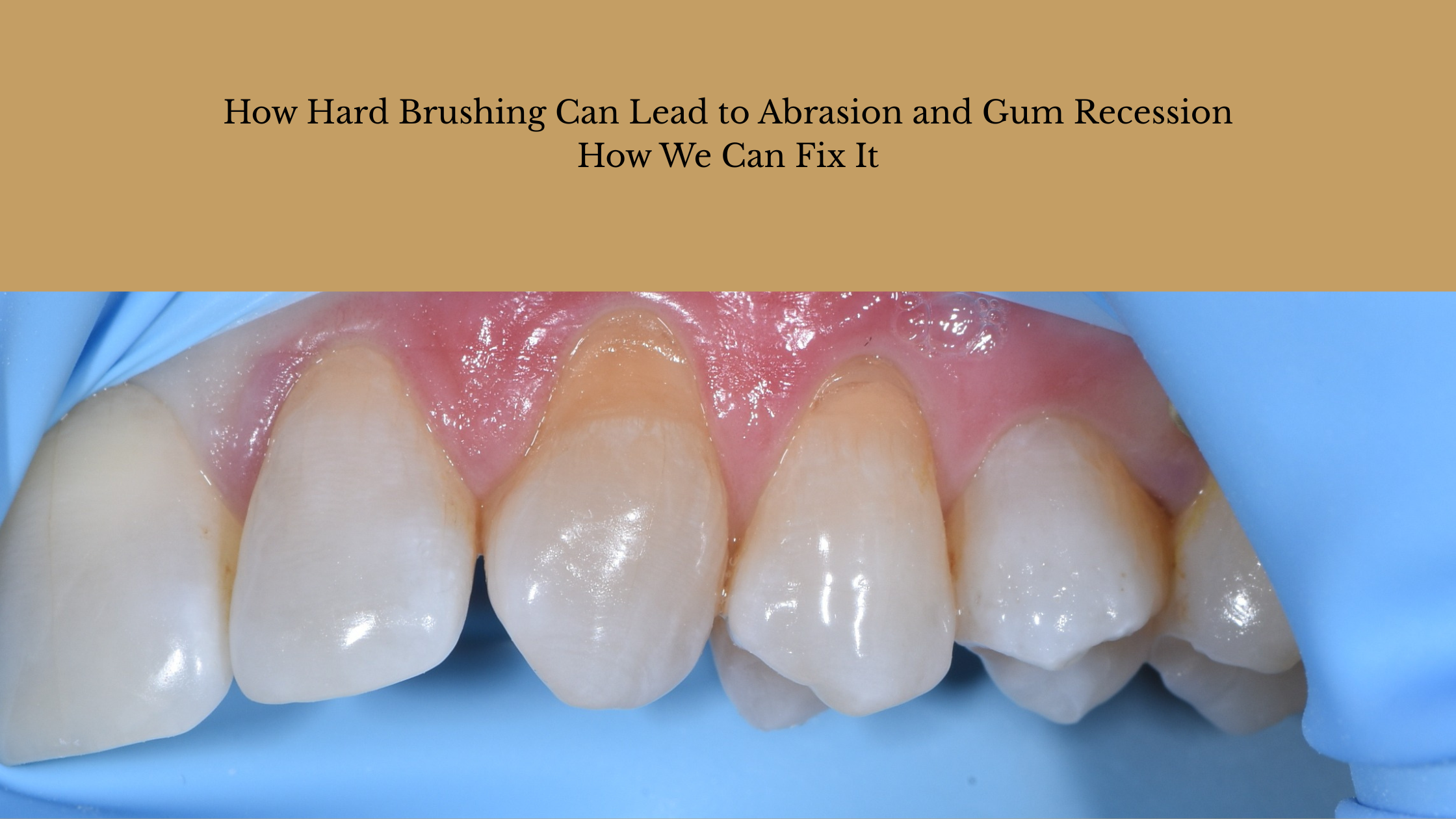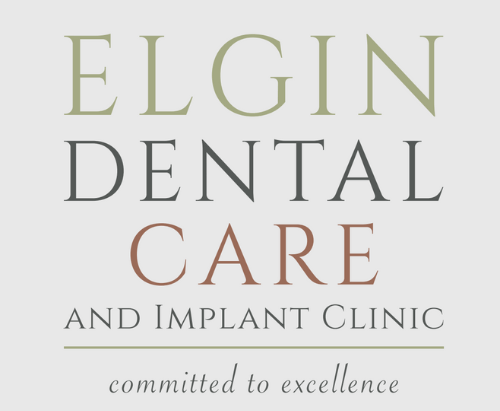
Brushing your teeth is essential — but brushing too hard can actually cause more harm than good. Over time, aggressive brushing with a hard-bristled toothbrush or poor technique can wear away the delicate gum tissue and enamel, leading to what we call abrasion and recession.
What does it look like?
In the images above, you can see exposed root surfaces and notches forming near the gumline. This is classic evidence of brushing abrasion. The gums have pulled away (receded), exposing the more vulnerable parts of the tooth. In some areas, the damage is quite pronounced.
Why it matters
If left untreated, abrasion and recession can:
- Cause tooth sensitivity, especially to cold or sweet foods
- Lead to further gum recession and bone loss
- Become unsightly as more of the yellowish root is exposed
- In severe cases, even result in tooth loss due to loss of support
What can be done?
The good news is — this damage can be treated. The images show the process of restoring these areas with tooth-coloured composite material. This not only protects the exposed root surface but also rebuilds the natural shape of the tooth for a healthier, more aesthetic appearance.
By placing these gentle restorations, we:
- Cover the sensitive areas
- Prevent further wear
- Improve the overall look of your smile
Prevention is key
Once treated, it’s important to adopt gentler habits:
- Use a soft-bristled toothbrush
- Avoid scrubbing — instead, use a circular or sweeping motion
- Consider an electric toothbrush with pressure sensors
📅 Book Your Visit: https://www.elgindentalcare.co.uk/contact/
